Could a shift to small, nutrient-rich, low mercury fish boost public health, food security and conservation in the Amazon?
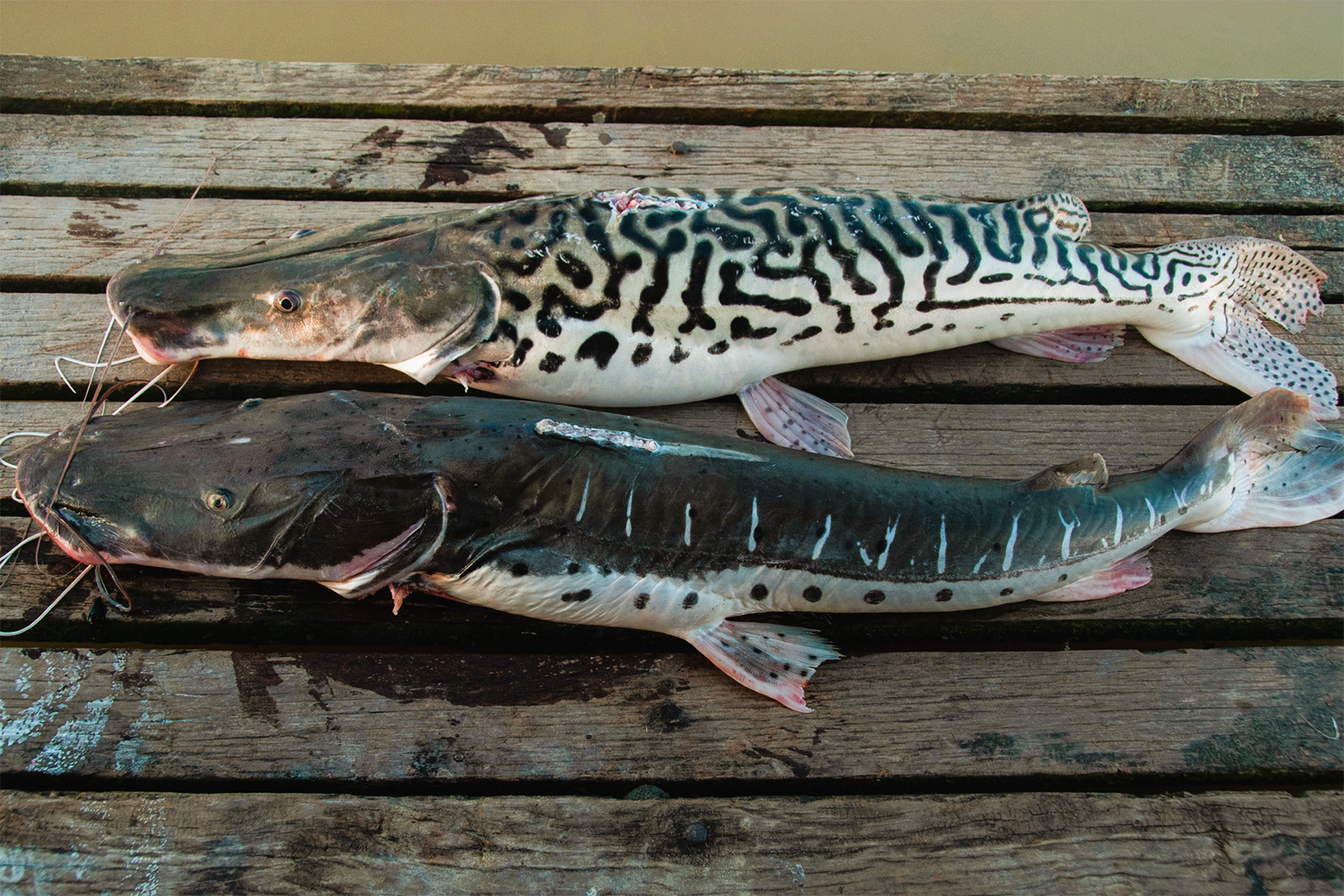
The Amazon, the world’s largest and most diverse freshwater ecosystem, is home to a vast array of fish species – but not all are equal when it comes to nutrition, safety and human health.
A study led by researchers from Cornell University, Wildlife Conservation Society (Colombia and Perú) and Brooklyn College analyzed variations in ecological, nutritional and market characteristics of fish species from the Amazon. The findings revealed a striking pattern: The most vulnerable fish species offer low nutritional benefits and high risks of mercury (Hg) exposure, while resilient fish species are nutrient-dense, low in mercury and more affordable.
“Our findings suggest an extraordinary opportunity to build public awareness around the nutritional and conservation benefits of reorienting consumption towards resilient species,” corresponding author Dr. Sebastian Heilpern told the Advocate.
The research team investigated the correlation between nutrient benefits, mercury risks and the vulnerability of various Amazonian food fishes. They first analyzed how mercury levels co-varied with six nutrients essential to human health and often obtained from fish. Next, they mapped this data onto various species ecological traits (i.e., body size, migration strategies, trophic position) and market factors (i.e., landings volume, price).
Finally, they applied U.S. Environmental Protection Agency reference guidelines for mercury risks – a nutrient density score based on dietary recommendations – and a species-specific vulnerability index to assess this variability in the nutritional and conservation risks and benefits of fishes.
The study highlights how key species traits – including ecological traits, nutritional benefits and risks and market access – are linked within Amazon fish. It found that smaller and less expensive species provide ample micronutrients with lower risks of mercury exposure.
Notably, while conservation and food system perspectives are rarely considered together, their alignment across Amazon fish suggests important opportunities to improve both sustainability and nutrition. Conservation scientists have long recognized that fish body size, trophic position and migration strategies are correlated with extinction vulnerability, and this analysis further reveals joint associations with lower nutrient density and higher mercury levels.
For example, large migratory catfishes, a staple of Amazon fisheries, show signs of overexploitation throughout the region and have high mercury levels relative to their nutrient content. In contrast, the most nutrient-dense species are small, contain lower mercury and occupy low trophic positions. These resilient species, with lower extinction vulnerabilities, tend to be relatively less expensive and more abundant in markets, although price dynamics remain complex. The correlations among species traits related to fish ecology, conservation and nutrition in Amazon fish exhibit fundamental life history strategies that are likely echoed in ecosystems elsewhere.
There is increasing acknowledgement about the shared environmental and nutritional benefits of fish consumption, especially as a sustainable alternative to land-based animal foods like pork and beef. In addition to their well-known benefits such as omega-3 fatty acids, fish are also rich in highly bioavailable micronutrients like iron and zinc which, when insufficient in diets, influence global micronutrient deficiencies.
Forums such as the EAT-Lancet Commission on Healthy and Sustainable Diets recommend increased fish consumption to fight food insecurity and decrease the environmental impact of food production systems, mostly where fish are inexpensive and abundant, like in riverine and coastal regions.
However, consumer advisories have frequently emphasized the risks of fish consumption, leading many people to limit their intake – despite differences in mercury accumulation among species based on factors like trophic position and size. While reducing mercury exposure is critical, an overemphasis on risks could also result in unintended negative public health consequences, especially where nutritionally adequate alternatives are often not available. Nonetheless, fish represent the most biodiverse food group, and accounting for their wide variation in nutritional and environmental risks and benefits could reinforce information about the alignment of conservation and public health consequences.
Balancing the benefits and risks of fish consumption is particularly important in geographies where food security is tied to fisheries, but overfishing and mercury contamination are pervasive, such as in the Amazon. In the Amazon River basin, people rely heavily on consuming riverine fish (>50 kg annually per capita). Numerous species are harvested, providing a key source of many nutrients that cannot be easily replaced by alternative foods.
At the same time, both natural (e.g., soils) and anthropogenic (e.g., gold mining) sources of mercury contaminate Amazonian fish. Gold mining activities have boomed in recent years and use mercury to extract gold, which contaminates water and biomagnifies through food webs.
“Fisheries nourish billions across the globe but are also a main cause of aquatic biodiversity loss and expose people to mercury,” said Dr. Heilpern. “These benefits and risks of fish consumption are often siloed, limiting opportunities to identify win-wins for nature and people, especially in regions where people are reliant on fisheries for food security.”
A balanced harvesting approach that makes use of small, abundant fish species may help reduce pressure on freshwater ecosystems while improving nutritional outcomes and limiting mercury exposure. At the same time, consumer messaging has often focused more on risks from mercury exposure rather than benefits of fish-based micronutrient intake, thereby potentially dissuading people from consuming fish even when adequate substitutes are unavailable. Yet human diets are malleable, especially when hazards are made evident – offering an opportunity to shift consumption patterns toward safer, nutrient-rich species.
“Our findings suggest an extraordinary opportunity to build public awareness around the nutritional and conservation benefits of consuming less large fish species,” concluded the authors of the study. “Rather than seeing declines in biodiversity as an inevitability, reorienting fisheries toward nutrient-rich, low-Hg, and harvest-resilient species could help to decouple biodiversity loss from food production in aquatic ecosystems.”
Now that you've reached the end of the article ...
… please consider supporting GSA’s mission to advance responsible seafood practices through education, advocacy and third-party assurances. The Advocate aims to document the evolution of responsible seafood practices and share the expansive knowledge of our vast network of contributors.
By becoming a Global Seafood Alliance member, you’re ensuring that all of the pre-competitive work we do through member benefits, resources and events can continue. Individual membership costs just $50 a year.
Not a GSA member? Join us.
Author
Tagged With
Related Posts
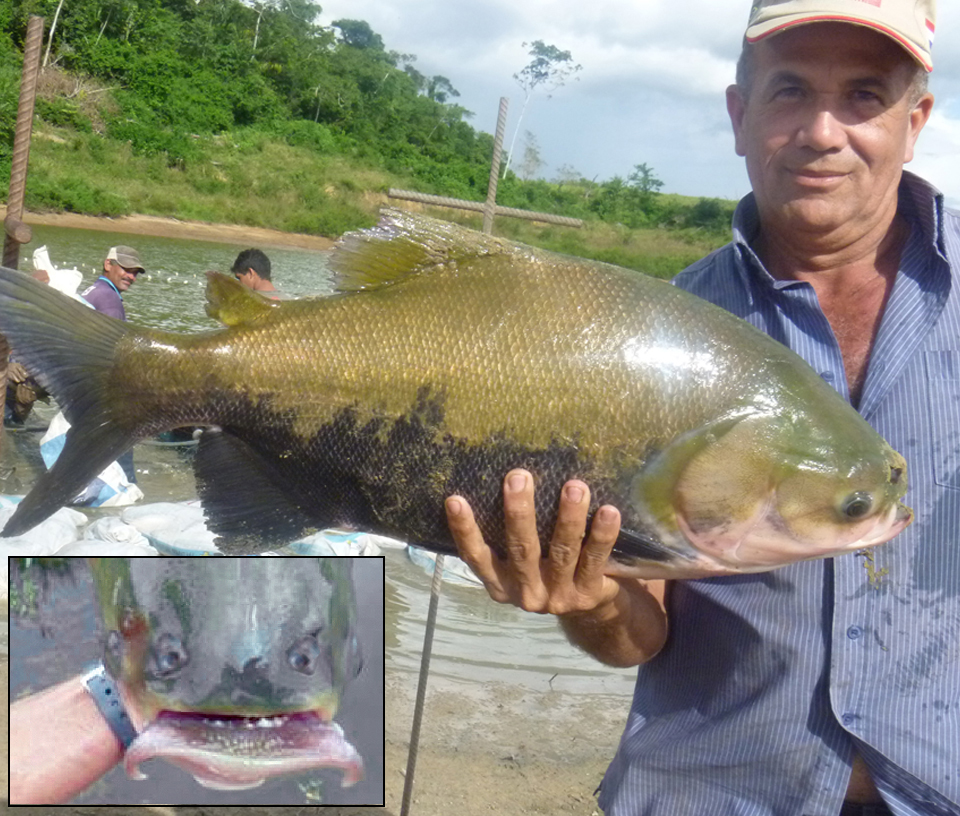
Health & Welfare
Aquaculture of Amazon fish in Latin America
Many fish species that live in the Amazon basin have great potential for aquaculture. The main species currently cultured in the region is tambaqui, a fast-growing, omnivorous fish that tolerates poor water quality.
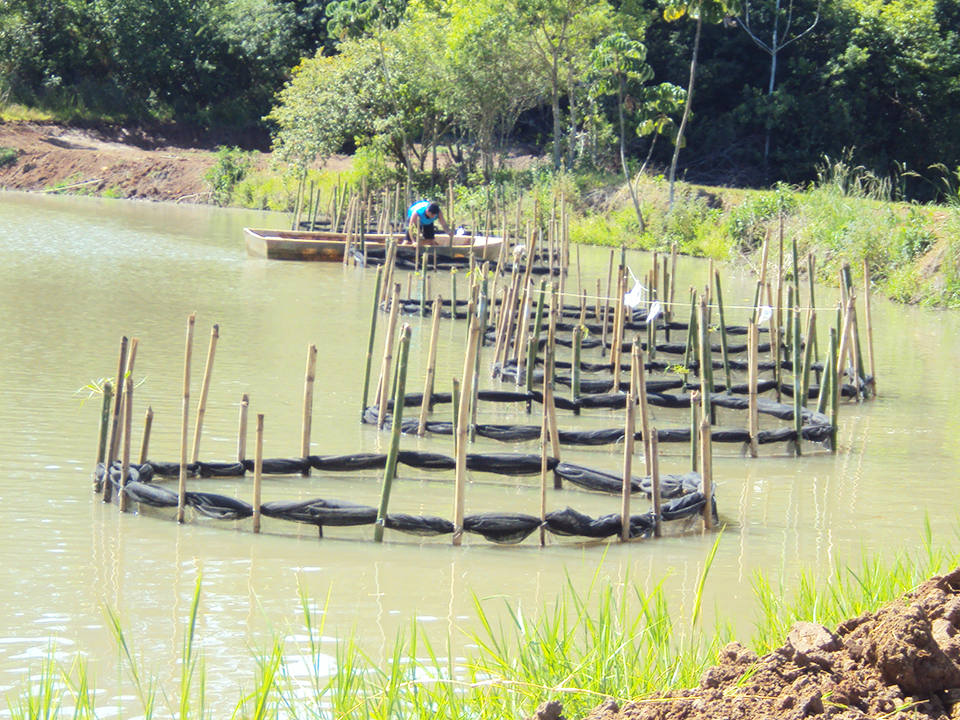
Health & Welfare
Commercial, natural feed consumption examined in Amazon River prawn study
In a 60-day study, Amazon River prawn postlarvae stocked in pens within a culture pond were given commercial feed or received no feed beyond the natural organisms in the pond.
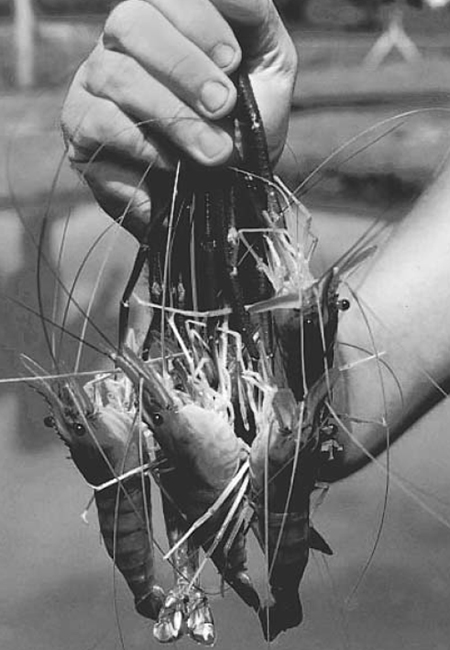
Intelligence
Freshwater prawn farming in Brazilian Amazonia shows potential for economic, social development
Survey responses from farmers and public institutions support the development of freshwater prawn aquaculture in Amazonia.
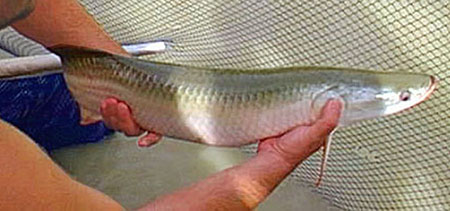
Intelligence
Pirarucu show promise for cage culture in Amazon region
The pirarucu or Brazilian freshwater cod, an endemic fish species from the Amazon River basin, is the largest freshwater scaled fish in the world.



